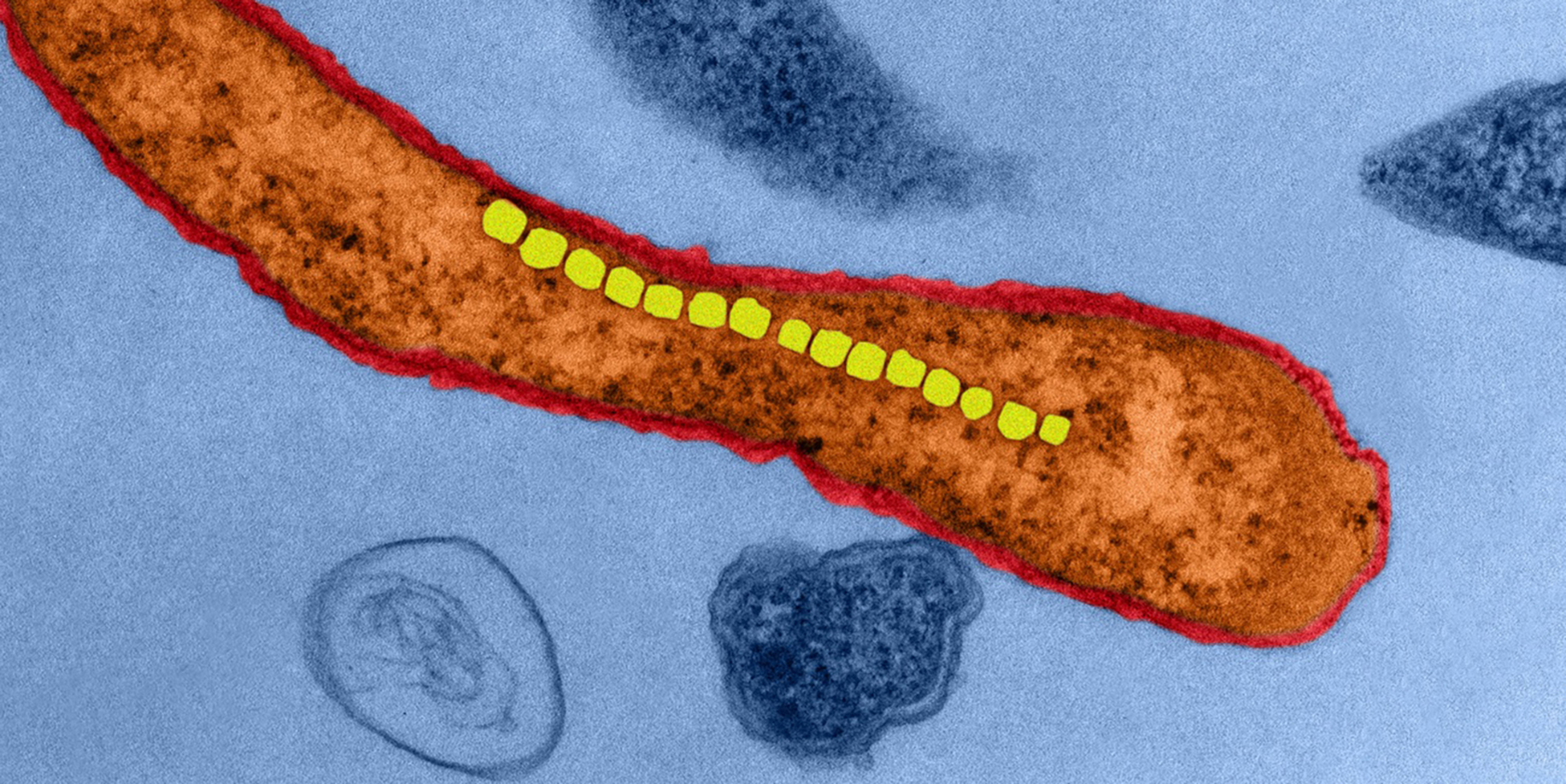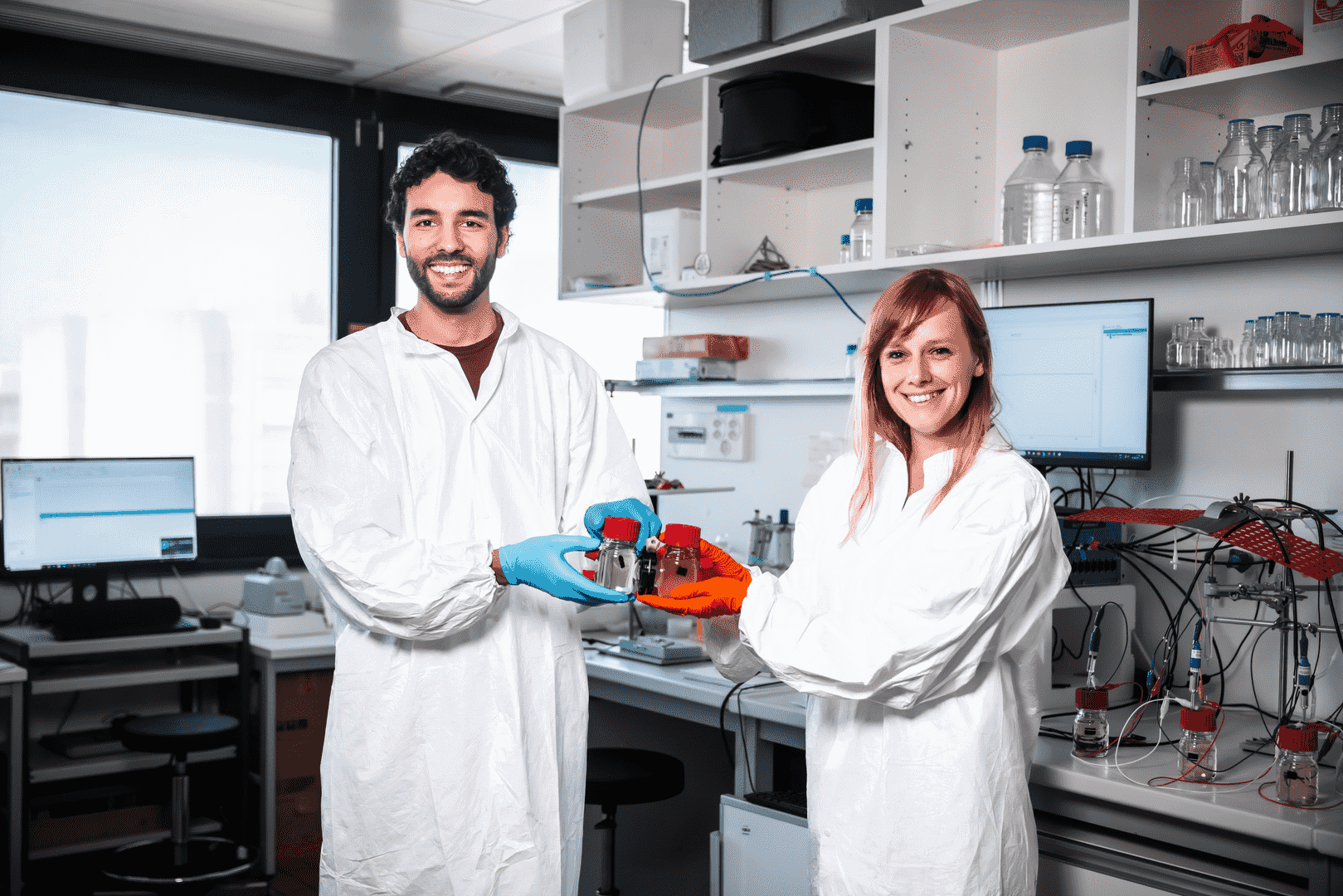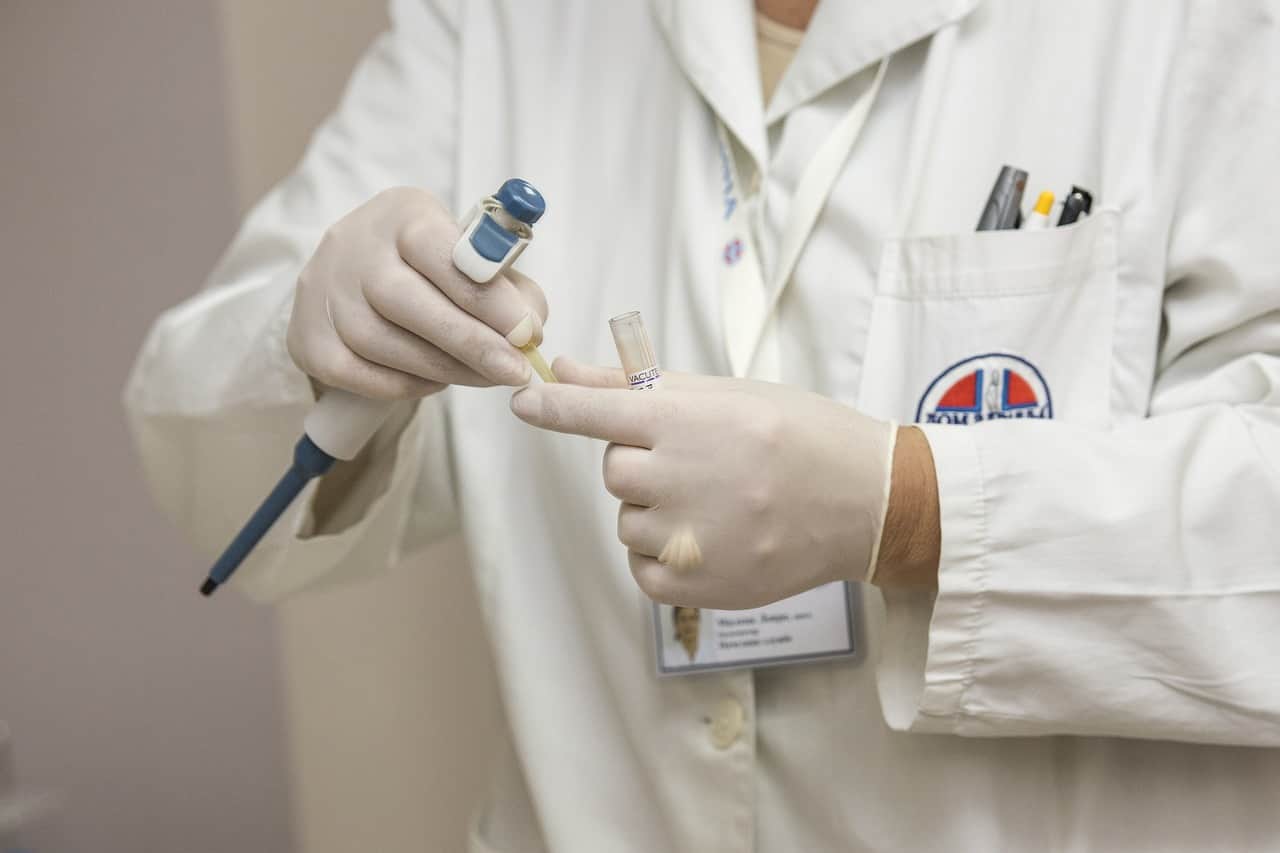
Medicine – and especially cancer drugs – sometimes have considerable negative side effects. One reason for this is that the drugs also affect healthy cells throughout the body and do not just attack the diseased cells they are supposed to destroy. In order to circumvent these undesirable side effects in the future, scientists around the world are researching ways to transport drugs specifically to the tumor without affecting healthy cells in the body. To do this, German and Swedish researchers have invented “nano-packaging” for drugs (IO reported earlier on this).
Another approach is to artificially control the route of drugs injected into the bloodstream. Research laboratories have used micro-robots for this purpose, which are inspired by bacteria in terms of their shape and propulsion mechanism and are also small enough to be able to insert them into blood vessels. These micro-transporters can be controlled from the outside of the body with a moving magnetic field.
Precise regulation using magnetic fields
Professor Dr. Simone Schürle of the Department of Health Sciences and Technology at ETH Zurich in Switzerland goes one step further. She does not want to use micro-robots modeled on bacteria, but real bacteria that are naturally magnetic. Such magnetotactic bacteria were first discovered in the ocean 45 years ago. These microorganisms absorb the iron that has dissolved in water. Iron oxide crystals are then formed inside them, which arrange themselves in a row. As a result, these bacteria align themselves with the earth’s magnetic field like a compass needle in order to navigate through water.
Simone Schürle and her team have studied in the laboratory how these bacteria can be controlled by magnetic fields. This would make it possible to influence bodily fluids in a controlled way. In the experiments, relatively weak rotating magnetic fields were already sufficient to control the bacteria, the scientists say. The bacteria rotated around their own axis under influence of the rotating magnetic fields. As many bacteria grouped together in a swarm, they also succeeded in moving the fluid around.
The bacteria produced an effect similar to that of a micropump and were thus able to move active ingredients present in the fluid in different directions: for example, out of the bloodstream and into tumor tissue. “By using superimposed magnetic fields that locally reinforce or cancel each other out, this pumping activity can be targeted on a small region with pinpoint accuracy.”
In addition, the principle can be used outside the body to mix various liquids together locally in tiny veins without having to make and use mechanical micropumps. “A major advantage of bacteria over micro-robots is that we can easily produce them. They can simply be cultivated in bioreactors,” says Schürle.
Dead or alive
The main aim of the scientists in their project was “to explore and describe the approach to how bacteria can regulate their movement.” Of course, these kinds of bacteria must first be carefully examined for their safety before they can be used in the human body. However, the practice of injecting bacteria into the body for medical reasons already exists. For example, “Living Therapeutics” uses other types of bacteria, such as E. coli bacteria.”
Doctors believe that bacteria other than natural bacteria could also be used for future medical applications. “Synthetic biology can be used to engineer bacteria with optimal functional properties, which are also safe to use inside the human body and, for instance, do not cause allergic reactions.” Schürle can imagine destroying bacteria before they are introduced into the body, but also using living bacteria.
Under their own steam
As has been known for a long time, specific bacteria that can survive without oxygen accumulate in cancer patients, preferably in the oxygen-deficient tissue of tumors. This phenomenon has been studied in bacteria other than those used by Schürle and her team. “Synthetic biology could be used to combine the advantages of several types of bacteria,” the researchers emphasize. “This could lead to the development of bacteria that are able to approach the tumor with flagella thanks to their own locomotion, and which can be selectively transported deep into the tumor tissue with the help of external magnetic forces.
Title picture: Magnetotactic bacterium, © Science Photo Library







